(740 products available)






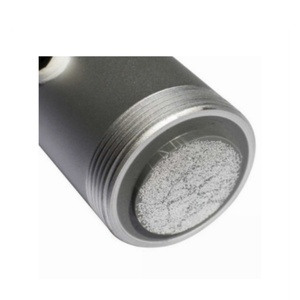












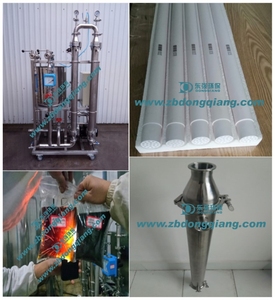

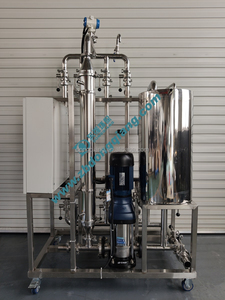




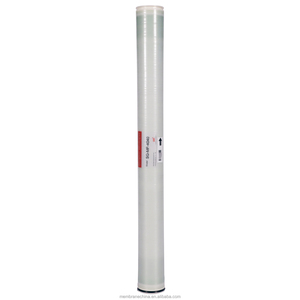

















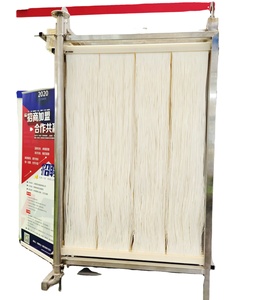






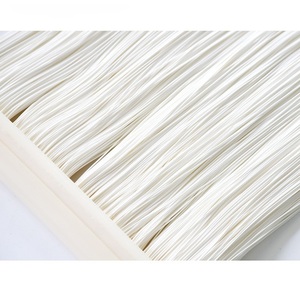



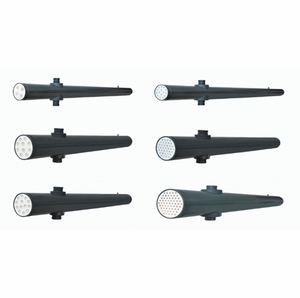
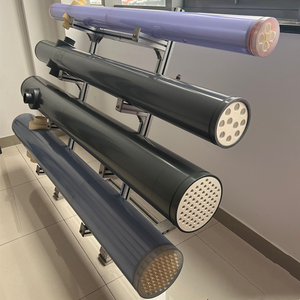








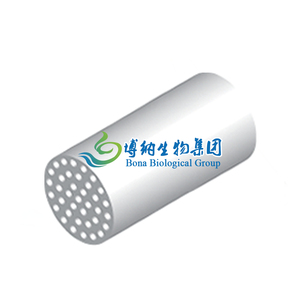







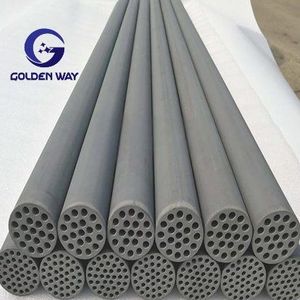







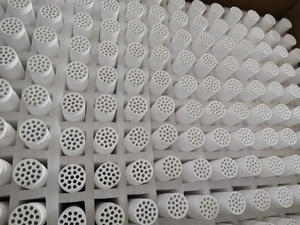
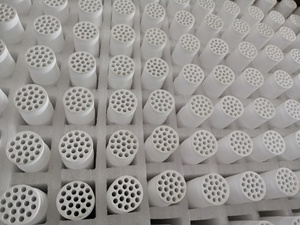








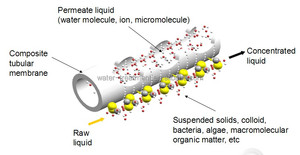




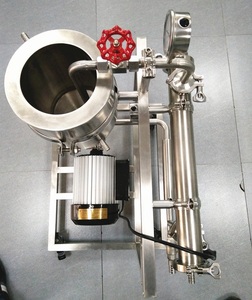
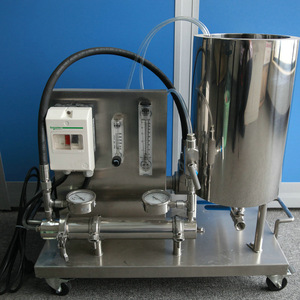





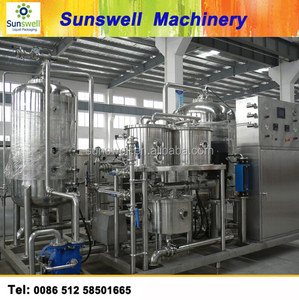

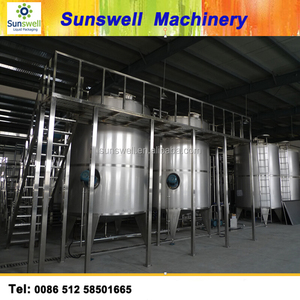



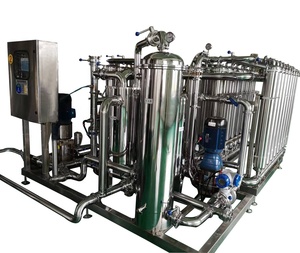
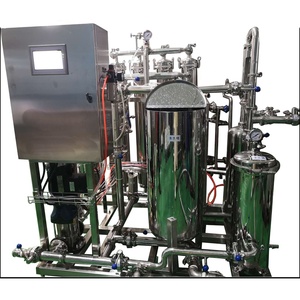



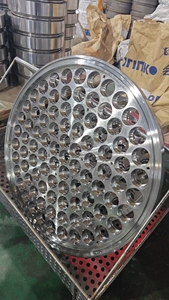
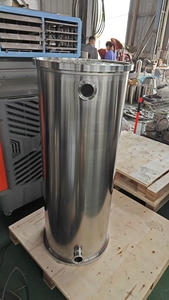




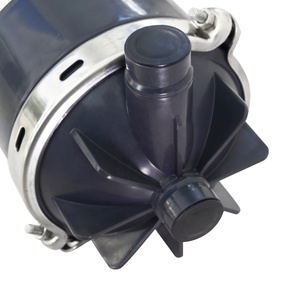







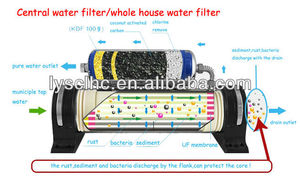








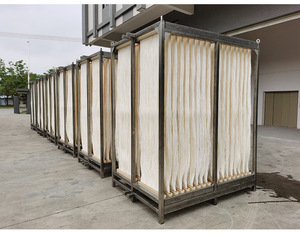


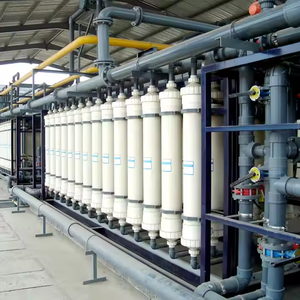


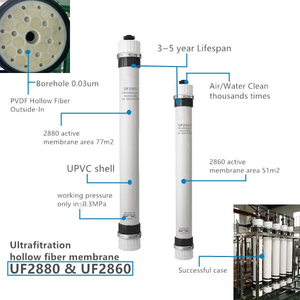









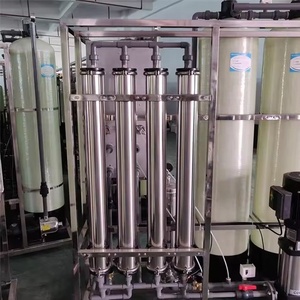



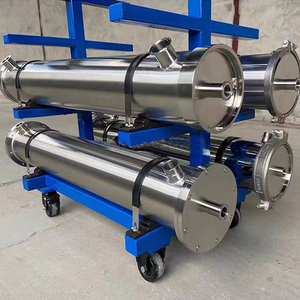







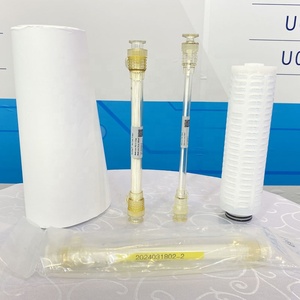

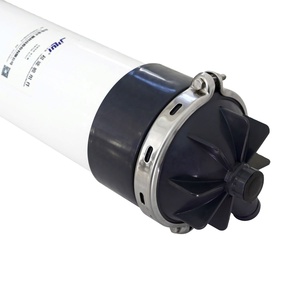
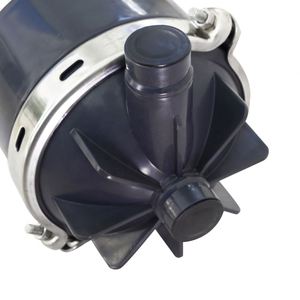

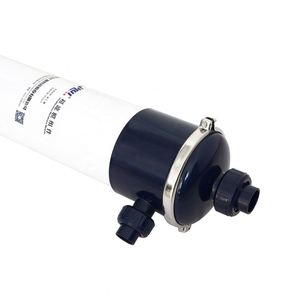















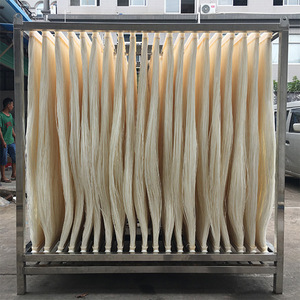



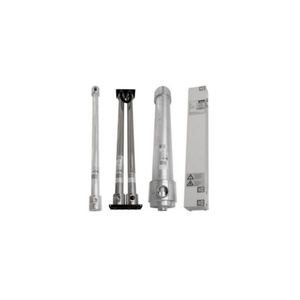







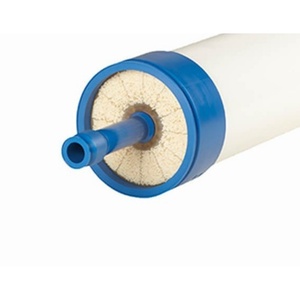



According to their structure and separation principle, there are many types of microfiltration (MF) membranes. Here are some common types of mf membranes:
Ceramic MF membranes
Ceramic MF membranes are made of inorganic ceramic materials. They have high heat resistance and chemical stability. Because of these features, they can use for a long time. Ceramic MF membranes are good for industry processes that need to work under harsh conditions or with strong chemicals.
Spiral-wound MF membranes
Spiral-wound MF membranes consist of flat membranes wound around a central permeate tube. They are widely used in water treatment and food processing applications. For example, they can remove microorganisms from drinking water or clarify wine and fruit juices.
Tubular MF membranes
Tubular MF membranes have a tube-shaped structure. This structure provides a wide channel for higher-viscosity feed solutions. Tubular membranes are easy to clean and less prone to fouling. Therefore, they are suitable for treating viscous and particulate-laden fluids.
Asymmetric hollow fiber MF membranes
Hollow fiber MF membranes have a large number of micro-tubular fibers bundled together. This design provides a high surface area to volume ratio. It allows for compact module designs. Hollow fiber membranes are suitable for a wide range of applications, including water treatment, effluent polishing, and biomass separation.
Composite MF membranes
Composite MF membranes are made up of a thin polymeric active layer supported by a thicker polymeric substrate. This design combines the advantages of both materials. Composite membranes offer high flux and selectivity. They are commonly used in liquid filtration and separation.
Material:
Filtration membranes are typically made using various polymeric materials like polyethersulfone (PES), polyamide (PA), and polypropylene (PP). Each membrane material possesses distinct attributes, including chemical tolerance, thermal stability, and permeability. Selecting the appropriate membrane material is crucial to ensuring compatibility with the filtered substance and operating surroundings.
Configuration:
MF membranes come in various configurations, each suited for particular applications. The cartridge configuration is prevalent in water treatment facilities. Flat-sheet membranes are primarily employed in laboratories for experimental and research purposes. Disc membranes occupy less space and are economical for small-scale separation. Tubular membranes are used in viscous liquid processing industries, while hollow fiber membranes, the most common type, are widely used in water treatment and dialysis applications.
Pore Size:
Membranes possess different pore sizes. The membrane MF pore size is greater than that of ultra-filtration (UF) membranes but smaller than that of microfiltration membranes. The MF membrane microfiltration is capable of separating microorganisms such as bacteria, yeast, and molde spores while allowing water and dissolved substances to pass through. The MF membrane pore size is usually measured in micrometers (μm), with typical pore sizes ranging from 0.1 to 10 μm.
Durability:
MF membranes are designed to be replaced after a certain period rather than lasting indefinitely. Nevertheless, the membranes can benefit from routine maintenance, such as regular cleaning and appropriate handling techniques, further prolonging their lifespan.
Cleaning:
Regular cleaning helps maintain membrane performance and prevents clogging. Users should determine the optimal cleaning method and cleaning agents based on the membrane material and the substance being filtered.
Prevent Clogging:
MF membranes tend to clog due to particle deposition. To prevent this, users can control the feed water quality by optimizing pre-treatment processes to reduce suspended solids and impurities. Also, users should regularly clean and maintain the membranes. They should limit the use of highly fouling substances and select appropriate membranes according to the processing quantity and suspension characteristics.
Prevent Chemical Damage:
Chemicals, whether naturally occurring or added during processing, can damage the membrane. Users should identify possible chemical pollutants in the feed water and select chemical-resistant membranes according to the specifications. They should also determine permissible exposure limits and avoid exceeding the limits. When using chemical cleaning agents, they should follow the guidelines carefully and ensure thorough rinsing after treatment.
Industrial mf membranes are used in various application scenarios across multiple industries. Here are some critical industry application scenarios corresponding to the above industries where the mf membrane is utilized.
Food and Beverage Industry:
In the wine-making industry, microfiltration (MF) membranes are extensively used for wine clarification and stabilization. MF membranes help remove yeast, suspended particles, and microorganisms from wine, improving its clarity and stability without altering its flavor. MF membranes are also used in the beer industry for beer microfiltration. They help remove haze-forming microorganisms and fine particles from beer, thereby enhancing its clarity, shelf life, and quality. MF membranes are widely used in the dairy industry for milk microfiltration. They assist in the separation of bacteria, somatic cells, and whey proteins from milk. The microfiltration process improves milk's purity, extends shelf life, and enables the recovery of valuable dairy components.
Water Treatment Industry:
In municipal water treatment plants, microfiltration membranes are widely used to treat and purify drinking water. The membranes remove suspended solids, turbidity, microorganisms, and bacteria, ensuring the production of clean and safe drinking water for the community. MF membranes are commonly used in industrial water treatment systems to provide process water for various industries. They assist in removing impurities, suspended solids, and microorganisms from the source water, thereby protecting downstream equipment and processes.
Environmental Protection Industry:
Microfiltration membranes play a crucial role in wastewater treatment plants. They are used in membrane bioreactor (MBR) systems, where microfiltration separates treated organic matter, suspended solids, and microorganisms from the effluent. This process ensures high-quality effluent suitable for discharge or reuse. MF membranes aid in removing microplastics, suspended solids, and contaminants from water in environmental monitoring systems. They are employed in sampling and analysis setups, allowing accurate monitoring and assessment of water quality, particularly in natural water bodies like lakes, rivers, and oceans.
Pharmaceutical Industry:
Microfiltration membranes play a crucial role in the pharmaceutical manufacturing process. They are employed for the sterilization and filtration of media, buffers, and excipients used in drug production. Microfiltration ensures the removal of bacteria, spores, and particulates, thereby guaranteeing product integrity and compliance with pharmaceutical standards.
There are many types of microfiltration membranes, each with specific characteristics. The following table summarizes the main types of MF membranes.
Membrane Material
Microfiltration membranes are made from a wide variety of materials, each with its own physical and chemical characteristics. A common choice, for example, is polyethersulfone (PES), a rigid plastic well-suited for water treatment applications. More advanced and resilient choices include ceramic materials, which can withstand high temperatures and pressures.
Membrane Configuration
Microfiltration membranes usually come in one of four configurations: flat-sheet, hollow fiber, tubular, or spiral wound. Each design has its own characteristics that make it more or less suitable for particular applications. Hollow fiber, for instance, can handle high flow rates, while flat-sheet membranes are less prone to clogging.
Pore Size
The pore size determines what particles the membrane can filter, so defining the precise goal of microfiltration is essential to determine the optimal pore size. A smaller pore size, for example, would remove some bacteria but also reduce flow rate.
Membrane Thickness
A thinner membrane allows for greater flow but may not be strong enough to withstand the pressures in certain industrial applications.
Module Design
Membrane modules combine several membranes to create a filtration system. Choices include multilayer flat sheets, hollow fiber bundles, and tubular configurations. Each option has a different balance of strength, clogging propensity, cost, and flow rate.
Q1: How does the microfiltration membrane perform?
A1: Microfiltration membranes work by sieving particles. When the water pressure gets higher than the membrane's transmembrane pressure, water starts flowing through the membrane's pores. Larger particles like bacteria get stuck and stay behind in the feed stream.
Q2: What is the difference between microfiltration and ultrafiltration membranes?
A2: Microfiltration membranes have larger pores than ultrafiltration membranes. Microfiltration typically removes bacteria and some fine particulates, while ultrafiltration can remove smaller organic molecules and .viruses, requiring more pressure to push water through the membrane
Q3: Do MF membranes remove dissolved solids?
A3: Microfiltration does not remove dissolved solids, such as salts, or any particles smaller than microorganisms. It primarily focuses on removing larger particulate matter, including bacteria.
Q4: Can MF membranes be washed and reused?
A4: Yes, MF membranes can be cleaned chemically or backwashed. Regular cleaning helps maintain their flow rates and filtration performance.